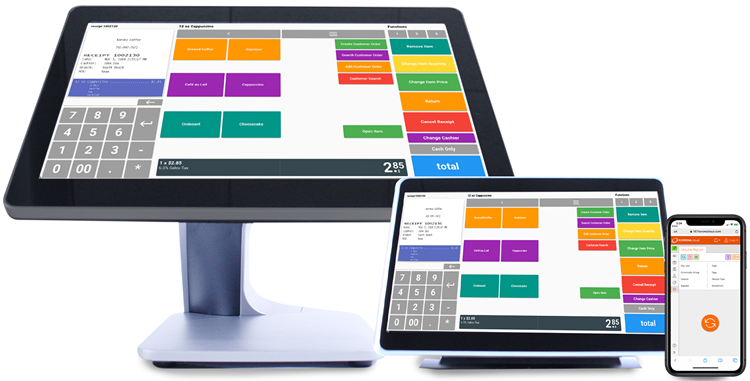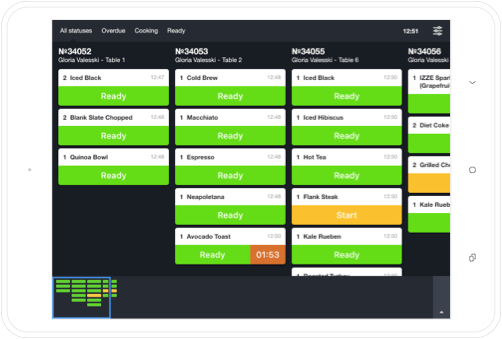
Improving Customer Satisfaction With A Retail POS System
An increase in customer satisfaction is a common goal of retail organizations. A POS system can be an effective tool for improving customer satisfaction, but one challenge that often arises is how to implement such strategies while maintaining secure and efficient operation. Here are some tips on how to achieve these goals.
Keep the POS System Simple
A POS system should be kept as simple as possible. Retail stores often have a variety of sales and promotional strategies, but too many options become confusing to customers. The best retail POS systems are those that allow users to create varying types of sale and promotion plans easily through intuitive menu structures.
Use the System to Communicate with Customers
One way of increasing customer satisfaction is by maximizing communication with customers through the use of promotions, loyalty program updates, and other updates. Using POS systems to communicate with customers makes it easy for customer management to keep track of customer interest and history.

Use the System as a Customer Management Tool
Retail POS systems can also be used for other administrative functions, such as customer service and order processing. When placing orders, customers are often unsure if the item they are ordering is available in stock or not. By using restaurant POS systems in Malaysia, retailers can simply check inventory levels before placing orders to avoid mistakes.
Use the System for Your Company’s Security
A POS system that is well-equipped is more likely to keep internal security in check. A secure infrastructure needs backups and regular maintenance so that major issues don’t arise when using your system. When a merchant is not sure about the security of their store’s system, it is best to keep it simple to reduce the chances of getting hacked.
Improve Efficiency with Just-in-Time Inventory Management
According to POS systems, in the market today, “inventory management” encompasses many different functions, including customer service and order processing. In particular, just-in-time inventory management refers to managing inventory levels based on demand that comes in instantaneously. Such an approach helps minimize overstock and waste by making more efficient use of product than if stock levels were based on forecasts or not using POS systems.



